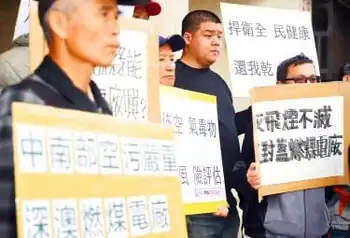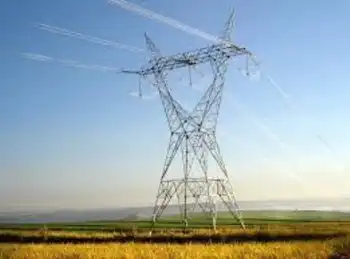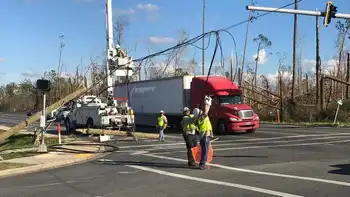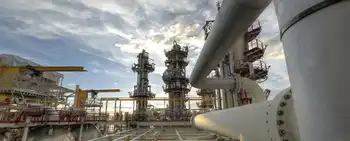Australia power prices rise due to supply woes
MELBOURNE - - Spot electricity prices jumped fourfold in Australia's southern states recently as Victoria battled supply problems and power flow from neighbouring New South Wales was restricted, traders said.
"The Victoria/Snowy interconnector, which usually runs at 1800 megawatts, had a 900 megawatt limit in place and available capacity in Victoria was less than 6,000 megawatts compared to the maximum of 8,400 megawatts," a trader said.
Average half-hour spot prices in Victoria jumped to A$88.89 ($61.30) per megawatt hour (MWh) at 3:00 p.m. (0500 GMT) from around A$20 per MWh in the morning and are forecast to reach A$140 at the peak time of 7:00 p.m, according to the National Electricity Market Management Company (NEMMCO).
The pattern was similar in South Australia where prices reached A$83.86 per MWh by mid afternoon and are projected to rise to A$127.23 at 7:00 p.m. Another trader said one of Yallourn Energy's four, 350 MW units went down on Monday while a 500 MW unit at Loy Yang A's 2000 MW power station in Victoria was still not operating at full strength.
"That unit has been out of operation for nearly two months and has tried to come back. Recently, it came back but is still only operating at 300 MW so will probably have to be taken offline again," the second trader said.
Hong Kong's largest power utility, CLP Holdings Ltd, said it was selling down its 92 percent stake in Yallourn Energy's 1,450 MW coal-fired plant to fund future expansion in the country.
CLP said it wanted to retain majority ownership of Yallourn and was seeking a partner that shared its goal of establishing a long-term presence in Australia. A source close to the transaction said CLP was seeking to sell a 45 percent stake.
Related News
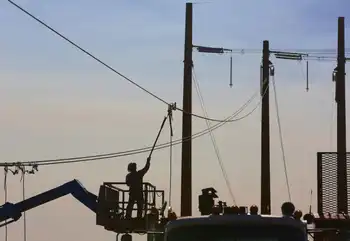
Cost, safety drive line-burying decisions at Tucson Electric Power
TUCSON - Though wildfires in California caused by power lines have prompted calls for more underground lines, Tucson Electric Power Co. plans to keep to its policy of burying lines selectively for safety.
Like many other utilities, TEP typically doesn’t install its long-range, high-voltage transmission lines and distribution equipment underground because of higher costs that would be passed on to ratepayers, TEP spokesman Joe Barrios said.
But the company will sometimes bury lower-voltage lines and equipment where it is cost-effective or needed for safety, or if customers or developers are willing to pay the higher installation costs
Underground installations generally include additional engineering…

